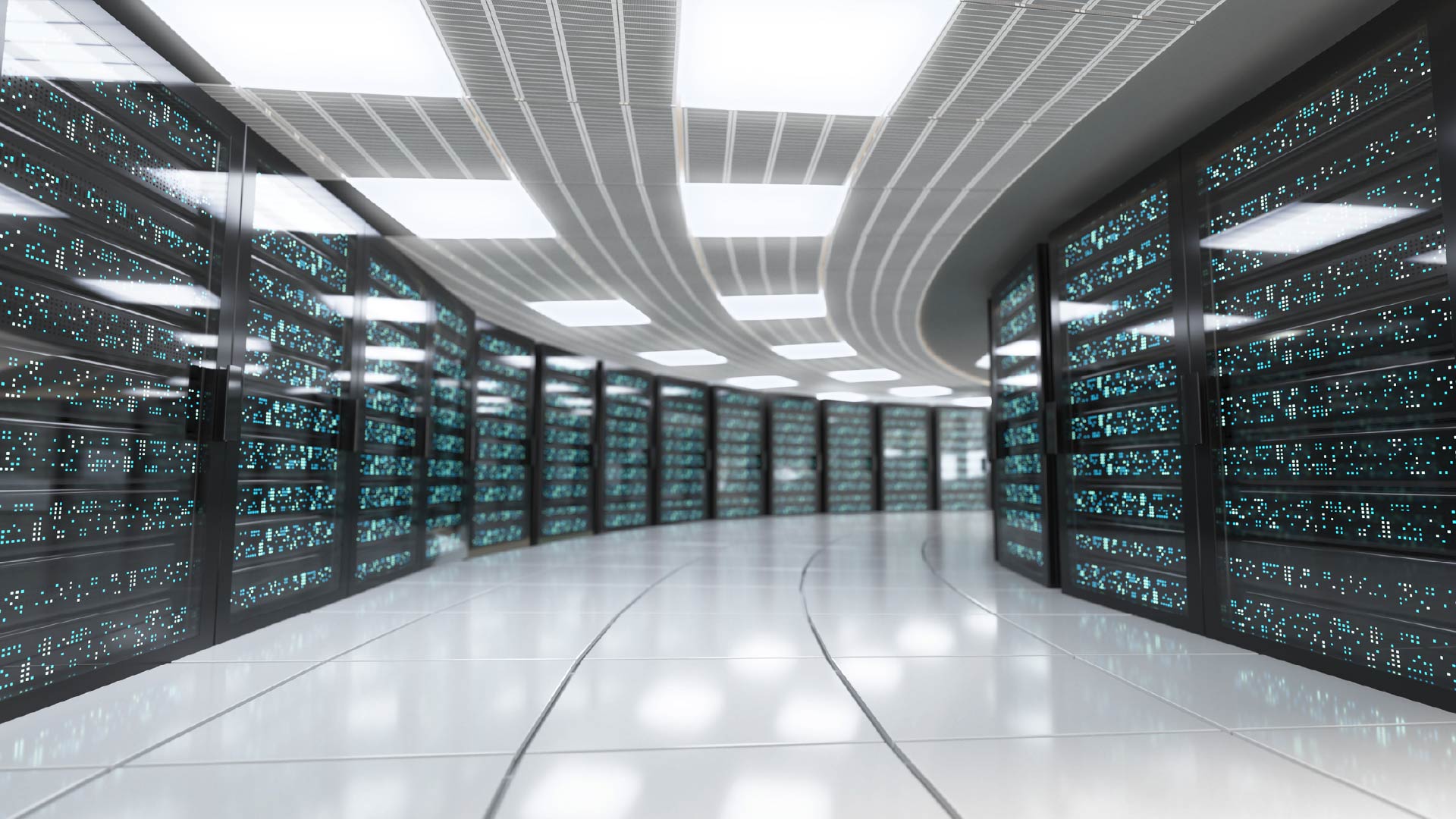Amazon’s 100% Renewable Energy Achievement Offers Hope For A Net Zero Future

Harry Wilson
In July 2024, Amazon announced that it has already achieved its 2030 goal of matching its global operational electricity consumption with 100% renewable energy. The firm has accomplished this achievement early through a combination of measures, including energy efficiency improvements, renewable energy project investment and renewable energy procurement through purchase power agreements (PPAs). Despite a 3% year-on-year (YoY) reduction, Amazon’s annual greenhouse gas (GHG) emissions are still 34% higher than in 2019, when the 2030 goal was set. However, the firm has been successful in decoupling its emissions growth from its business growth, as evidenced by five consecutive years of decreasing carbon intensity and a 13% reduction in 2023 alone.
Unpacking Amazon’s global renewable energy portfolio – which matches consumption across its consumer, corporate, data centre and logistics businesses – reveals:
- Billions of dollars of investment in generation projects. Amazon’s portfolio has grown to encompass over 500 wind and solar projects and is expected to generate more than 77,000GWh of renewable energy each year when fully operational – equivalent to the amount required to power 7.6 million US homes.
- Increased investment in recent years. In 2023 alone, the firm invested in more than 100 new projects. Battery energy storage projects have emerged as a key investment area, with capacity now at 1.3GW – up from 445MW in 2022.
- A global combination of grid- and site-level projects. The renewable energy generation projects Amazon is enabling span 27 countries and operate at both grid- and site-level. Rooftop solar is deployed across the business’ consumer fulfilment centres, while utility-scale renewable energy projects contribute to various electrical grids.
- First-of-kind project investment in certain markets. In markets where corporate investment in utility-scale renewable energy is nascent – such as India, Indonesia and South Africa – Amazon has worked directly with policy makers to enable first-of-kind policies to bolster inward investment.
Since 2020, Amazon has held the title of the largest corporate purchaser of renewable energy globally according to BloombergNEF. In early 2024, the firm brokered its first nuclear power PPA when Amazon Web Services (AWS) purchased Talen Energy’s Cumulus data centre campus in Pennsylvania. The campus is adjacent to Talen Energy’s 2.5GW Susquehanna nuclear plant, and a 10-year PPA allows AWS to increase campus IT capacity up to 960MW, utilizing 100% nuclear energy.
Looking at competitors in the market, Google and Microsoft have announced GHG emissions increases in their 2023 sustainability reports, citing increasing consumer demand for AI. Google achieved the feat of matching its global energy use with renewable energy in 2017, but its GHG emissions have climbed 48% since 2019 and 13% YoY due to increasing data centre electricity consumption and supply chain issues. Microsoft’s direct and energy-related emissions fell 6.3% in 2023 compared with its 2020 baseline, but its supply chain emissions climbed 30.9% – driving overall emissions up 29.1% across the same period. Over the coming years, emphasis on curtailing AI power consumption and supply chain emissions will help all of these firms adhere to their ambitious climate goals.
Amazon’s accomplishment should serve as proof of concept that the technologies of today can realize matched renewable energy. There are many different approaches to reducing carbon emissions associated with energy consumption. Through its continued investment in renewable energy projects, Amazon has adopted an emissions-first approach, which targets investment in regions of high carbon intensive power for grid-level decarbonization. Another approach is 24/7 carbon-free energy (CFE) – where consumption is matched in real time with generation – and specialist PPAs are beginning to emerge that offer a sufficient energy mix to provide this.
For further reading regarding PPAs and how 24/7 CFE is realized, please see Verdantix Market Overview: Demystifying Corporate Power Purchase Agreements.
The Verdantix ‘Future Of Data Centres’ report, which explores the carbon conundrum facing operators such as AWS, Google and Microsoft in the age of AI, will be published in August 2024. To be notified upon publication, please reach out to [email protected].
About The Author

Harry Wilson
Senior Analyst





